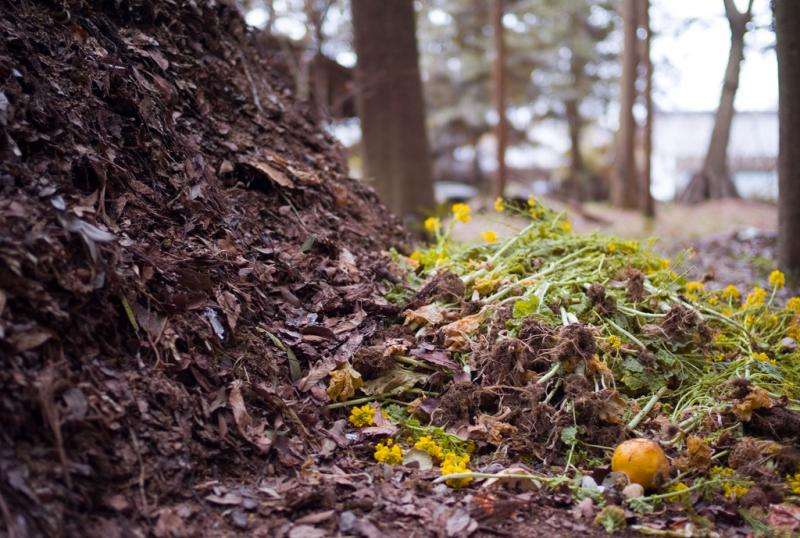Composting program cuts emissions equivalent to 7000 cars

When most people put their green-topped wheelie bin out for collection, they would not expect their general household waste to end up as compost, but an innovative Perth recycling facility has been making the conversion for the past decade.
The Southern Metropolitan Regional Council established the Regional Resource Recovery Centre in Canning Vale in 2005.
The $100 million centre processes rubbish from 107,000 households in the City's of Cockburn, Fremantle, Melville, Kwinana and Town of East Fremantle.
The centre's Waste Composting Facility produces more than 20,000 tonnes of compost a year, which SMRC chief executive Tim Youe says represents diverting 46,400 tonnes of garbage from landfill.
"This process prevents 32,000t of carbon dioxide from entering the atmosphere each year—equivalent to taking 7000 cars off the road," he says.
"Through composting we are able to reduce the amount of waste going to landfill and reduce the environmental impact of greenhouse gases by creating carbon dioxide instead of methane."
The conversation process from raw materials to refined product involves many stages.
Firstly, trucks deposit a total of 300-350t of waste onto the tip floor each day.
Sorted rubbish is mixed with immature compost to activate the decomposition process and fed into four digesters.
The digesters are the largest in the southern hemisphere, measuring 67m long and weighing about 360t when empty and 650t when full.
Entire maturation process takes 4-6 weeks
As the digesters rotate 1.1 times per minute at 60 degrees Celsius, microbes break down the organic matter.
After about a day in each of the digester's three compartments, the waste travels along a conveyor belt for screening.
A magnet removes any metal, while a trommel cylinder filters any inorganic materials, such as plastic, from biodegradables.
The immature compost then spends 4-6 weeks on an aeration floor as big as two soccer fields and is turned and watered every 2-4 days to mature.
After nutrient levels are chemically analysed and a final screening is conducted through a 5mm vibrating deck, two compost grades are produced—fine and large grade.
Fine grade can be immediately applied to above-ground crops, while contractor NutraRich further processes large grade compost before it ends up on farms, parks and gardens in Gnowangerup, Katanning, Borden, Cuballing, Arthur River, Wagin, Brookton, Pingelly, Corrigin and Goomalling, among other areas.
Mr Youe says 60 per cent of green bin contents are recovered through the system.
"The alternative is landfill, which can poison the surrounding land and add additional methane to the environment," he says.
Provided by Science Network WA


















